If the new year is inspiring you to eat a more plant-based diet, or you're inspired to go all in for Veganuary [1] (eating vegan for the entire month of January), you may be wondering how much protein you need and more importantly, easy ways to get enough throughout the day [2]. We asked a few registered dietitians to share their advice and hacks so you can feel confident when 89 different people ask, "So how do you get enough protein?!"

How Much Protein Do You Need on a Plant-Based Diet?
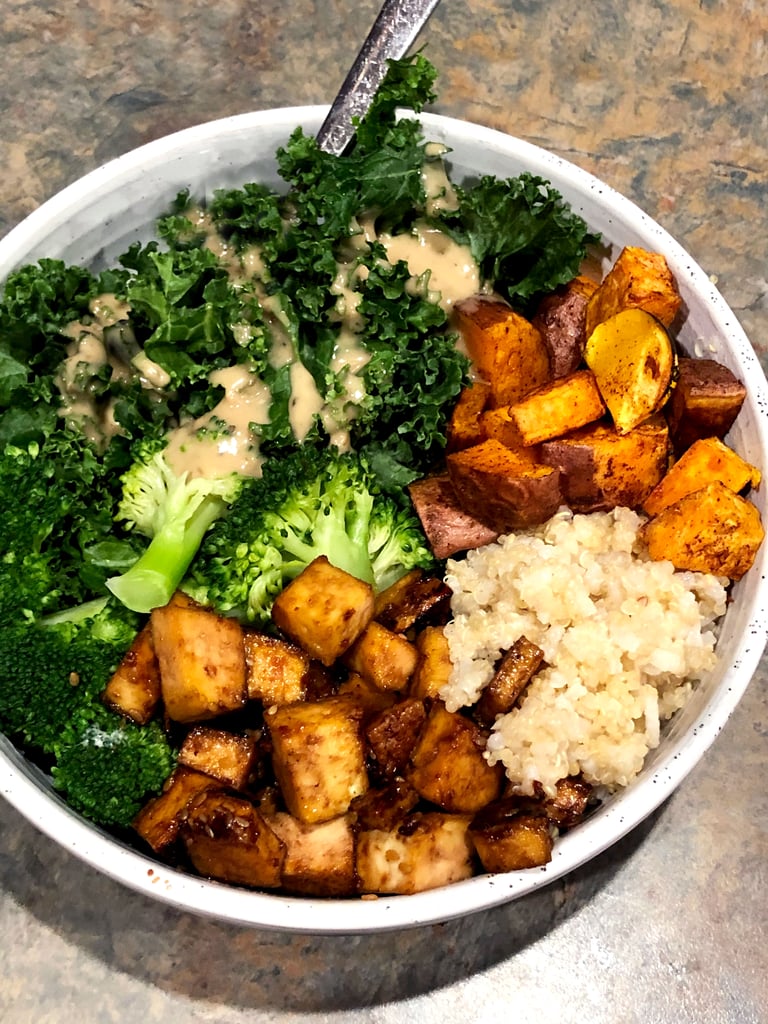
People are so protein-obsessed, but we need a lot less than most people think. Registered dietitian nutritionist and NASM-certified personal trainer Whitney English Tabaie [4], MS, RDN shared that the The Dietary Reference Intake (DRI) [5] states that we only need 0.8 grams of protein per kilogram of body weight.
To figure out this number, just divide your weight in pounds by 2.2, then multiply that number by 0.8. Registered dietitian Leslie Langevin, MS, author of The Anti-Inflammatory Kitchen Cookbook [6] said you can go a little higher and eat one gram of protein per kilogram of body weight. So for a 150-pound woman, she would eat between 54.5 and 68.2 grams of protein per day.
Athletes should increase that amount and consume anywhere between 1.2 to two grams of protein per body weight in kilograms, Whitney suggested, depending on the intensity of exercise. English Tabaie added, "for someone doing light exercise, 1.2 grams per kilogram of bodyweight (0.5 grams per pound) is plenty of protein."
"For weight loss you would stick in this range as well," said Langevin. While weight loss is based on having a calorie deficit, she explained that having a higher protein intake can help with satiety to help you eat less. Whitney added that you also want to focus on eating fewer processed foods and more filling, fibre-rich whole plant foods.
If you're into tracking your macros, registered dietitian Emily Tills [7], MS, CDN, said your protein intake should be 20 to 25 percent of your daily calorie intake, "or you can also take your weight and divide it in half for another ballpark, higher protein estimate."
If you break it down per meal, eating three meals a day, Langevin said to aim for 20 to 30 grams of protein, depending on your personal needs. Tills added that plant protein can be trickier as you may need to increase the volume of food you're eating to meet your protein needs.
Of course, if you're eating a variety of whole, plant foods, English Tabaie said you'll have no problem reaching your daily goal. Here are some easy ways to get more protein in your day.
Mash Beans Into Oarmeal
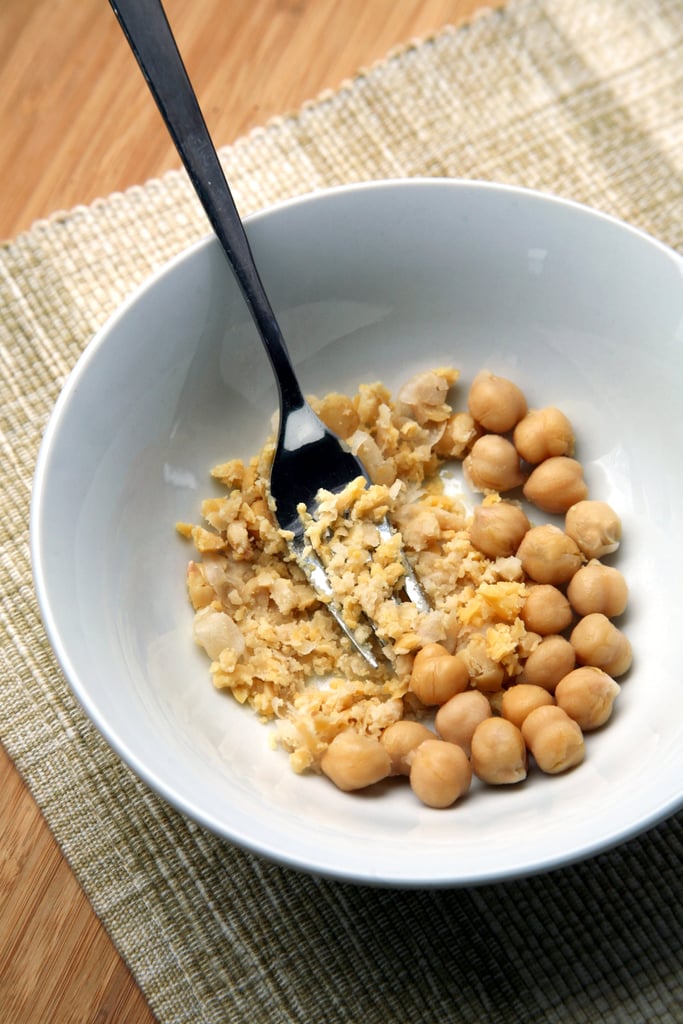
Emily said if you want to ensure you're going to get enough protein by the end of the day, you have to start early with breakfast. Mash chickpeas [8] or white beans into the bottom of your bowl or jar, then add the other oatmeal ingredients — you'll hardly notice the beans if you mash them well enough. Try this recipe for banana cashew overnight oats [9]. If you're making chocolate oatmeal, use black beans.
Sprinkle Nutritional Yeast on Everything
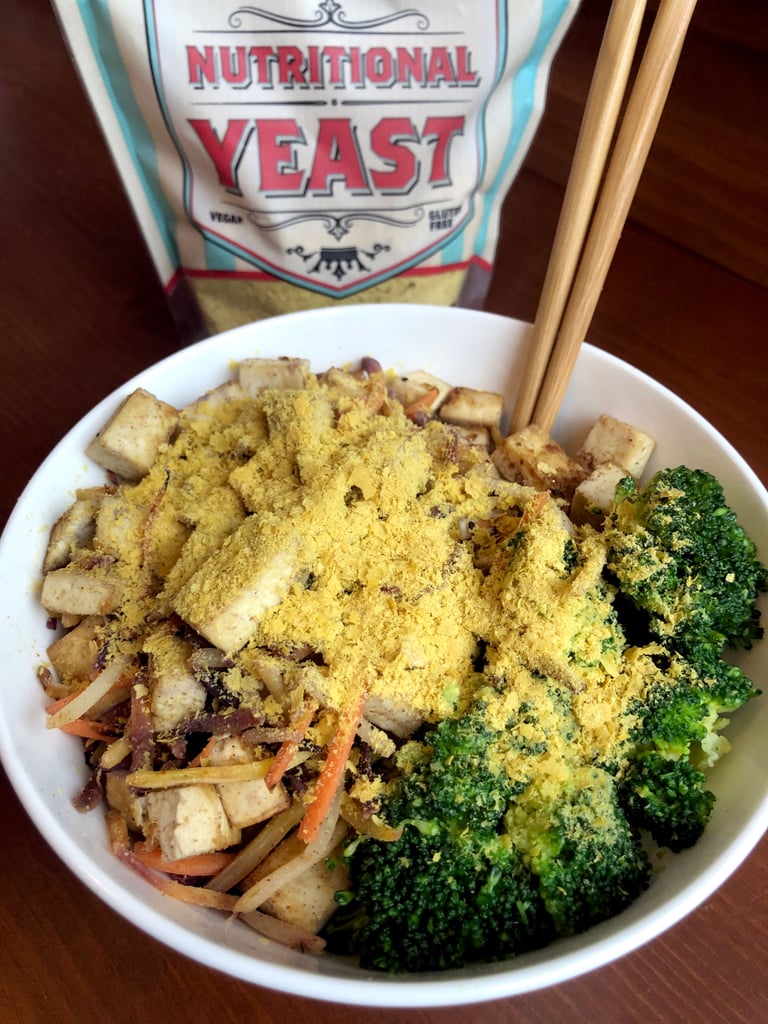
A one-tablespoon serving of nutritional yeast is only 20 calories and offers three grams of protein [10]. Add it to salads, steamed broccoli or kale, sautéed tofu, roasted veggies, or cooked whole grains or pasta. Sprinkle it on popcorn instead of butter and also use nutritional yeast to make vegan cheese sauce for mac and cheese. It's an easy way to quickly get a little extra protein and B vitamins.
Use Beans in Place of Meat
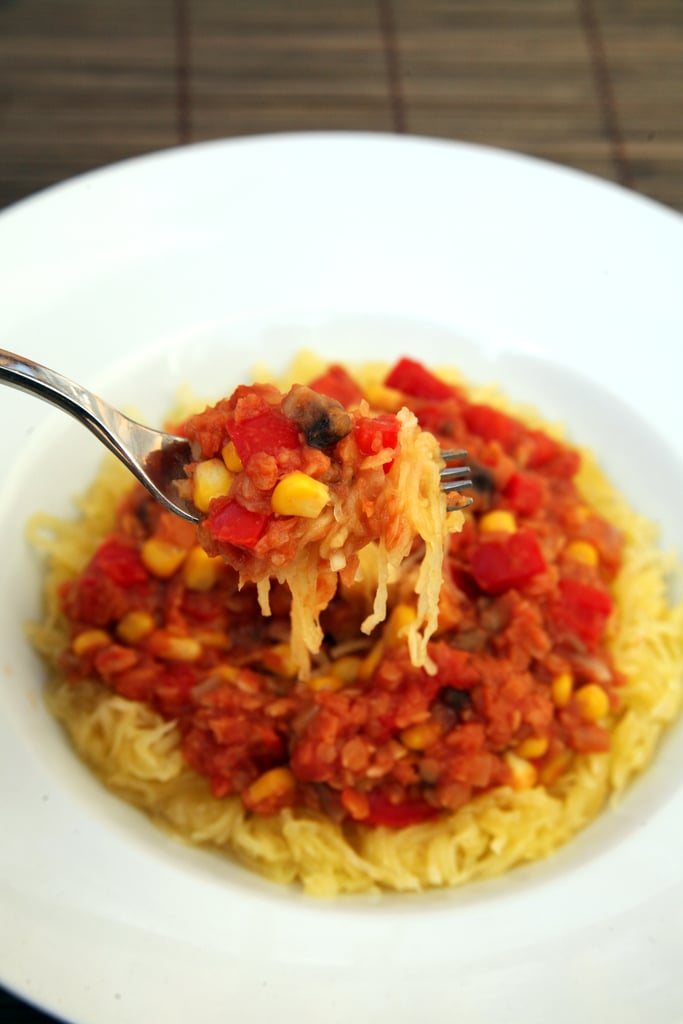
In place of ground beef that you'd pair with tacos, burritos, or pasta, use beans instead. This recipe for maple cumin lentils is delicious over spaghetti squash, and one serving offers 15.5 grams of protein.
Add Tofu to Salads
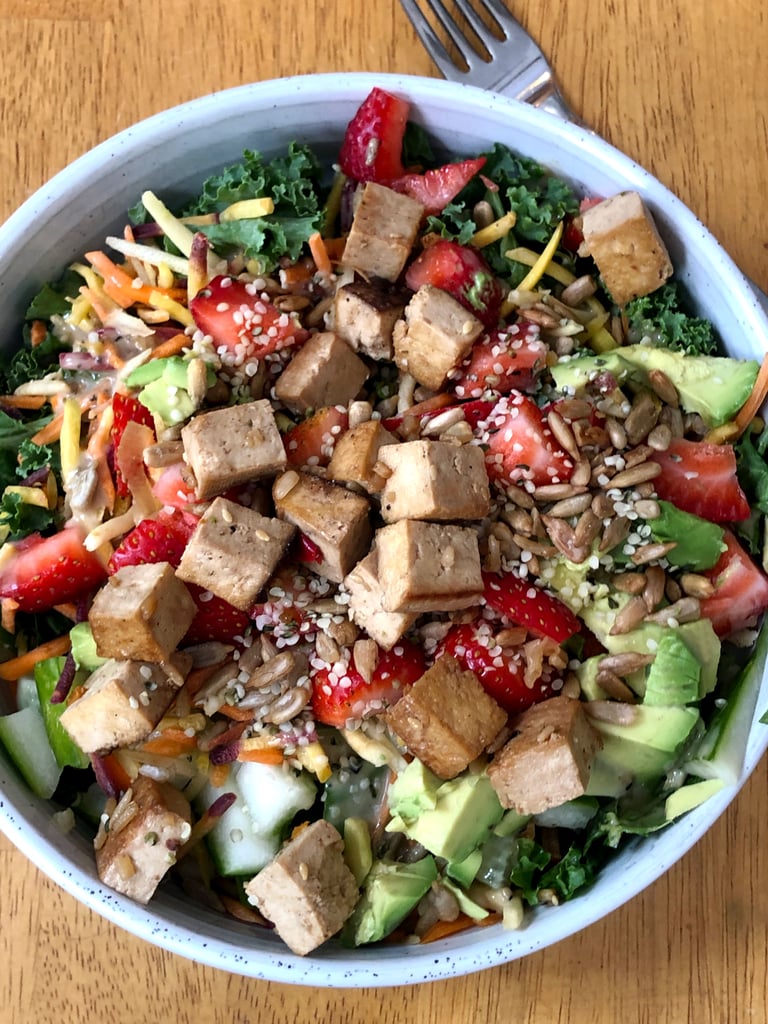
For a quick source of protein, add tofu to salads. You can sauté, bake or marinate your own, or buy Trader Joe's marinated tofu — one square offers 16 grams of protein. If you prefer a heartier texture, use tempeh [11] instead.
Bake With Beans
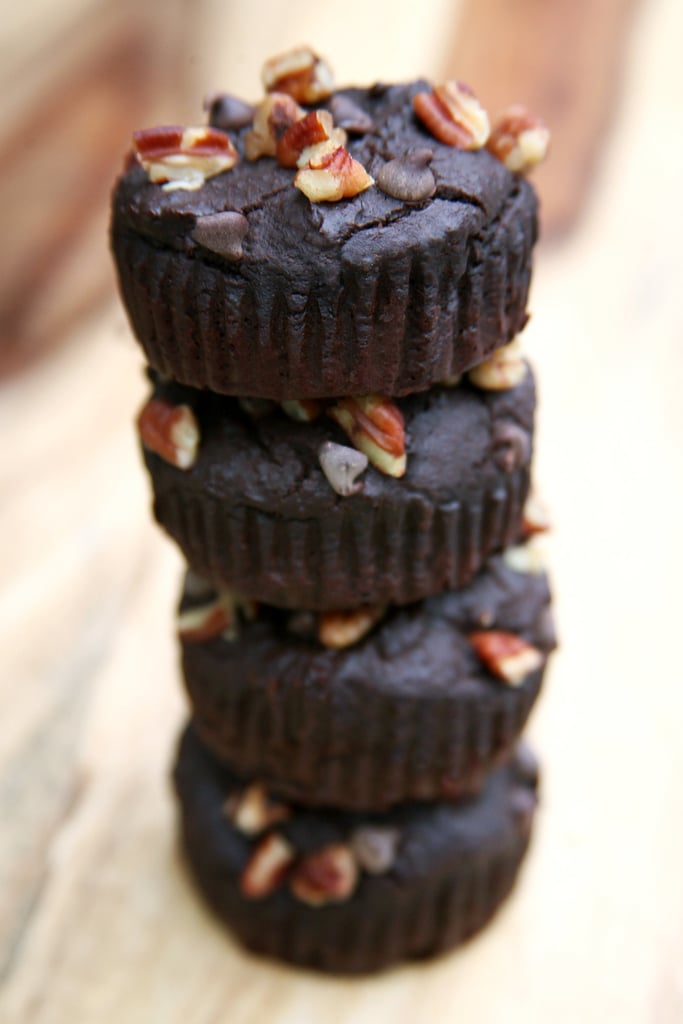
It may sound strange to add beans to baked goods as suggested by Whitney, but aside from protein, they also add moistness. Try this recipe for black bean brownie bites [12] or vegan chocolate doughnuts made with chickpeas.
Snack on Nuts
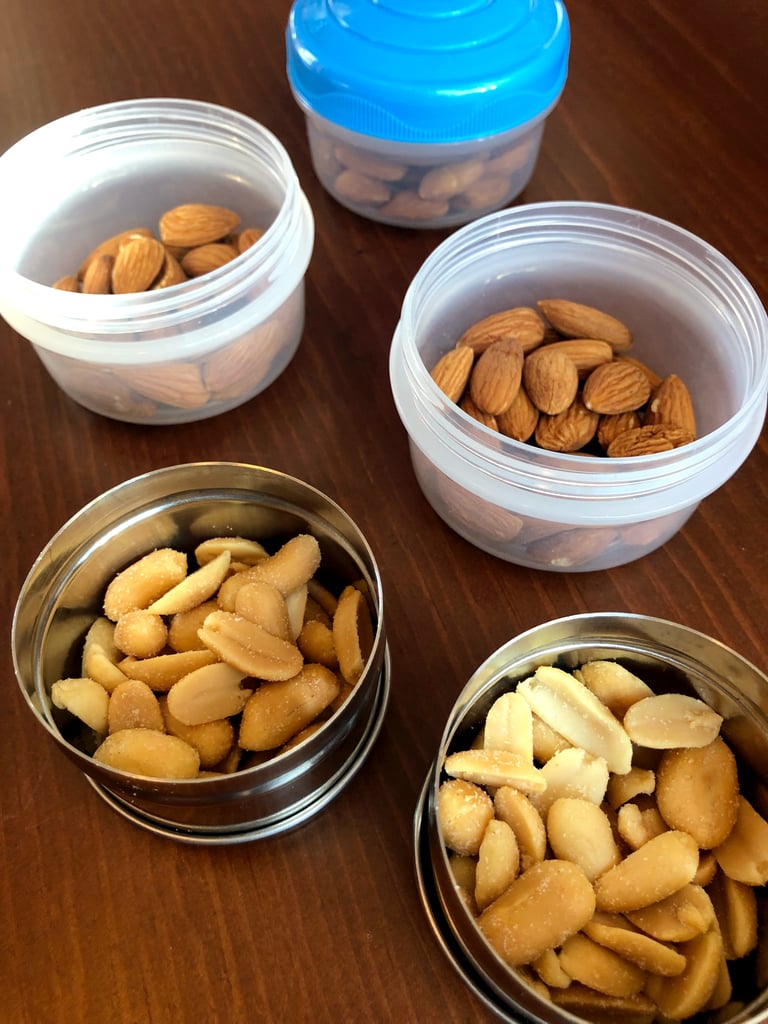
Nuts are a quick source of protein to snack on, but they're also calorie-dense. To keep portions in check, measure out quarter-cup servings [13] you can keep in your pantry, gym bag, or desk drawer.
Add Seeds to Everything
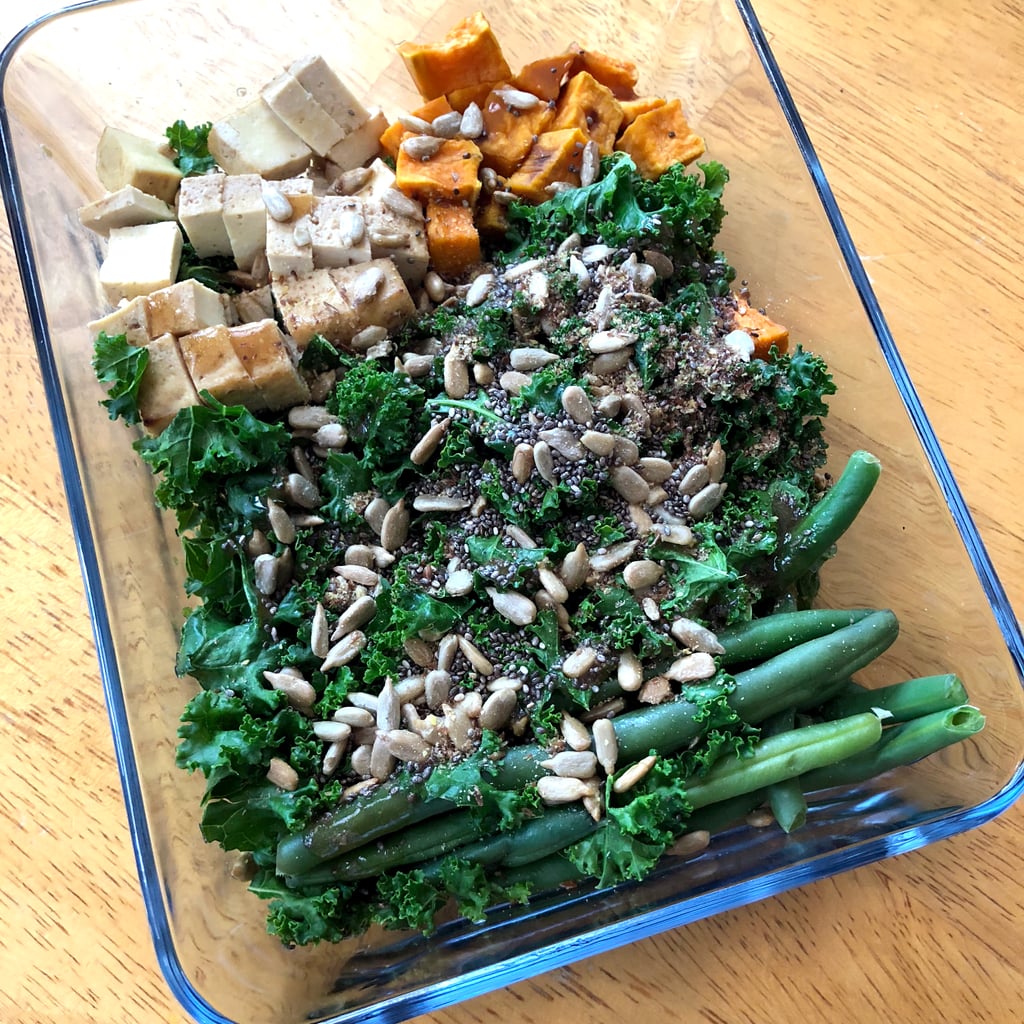
Leslie said to sprinkle seeds like chia, flax, pumpkin, and hemp on anything you can think of: salads, smoothies, oatmeal, non-dairy yoghurt, pancakes and waffles, to name a few. You can also grind hemp seeds up with peanuts and a touch of cinnamon to make your own nut butter.
Swap Bread For Tofu

Swap traditional bread with tofu for your avocado toast. The secret is using superfirm tofu: Trader Joe's Organic High Protein Super Firm [14] is my absolute favourite. Cut it into thin slices, sauté it in a pan, and it becomes firm and slightly crunchy, just like toast made from bread. Each slice of plain tofu is 117 calories, 2.5 grams of carbs, and offers 12.5 grams of protein.
Add Protein-Rich Ingredients to Smoothies
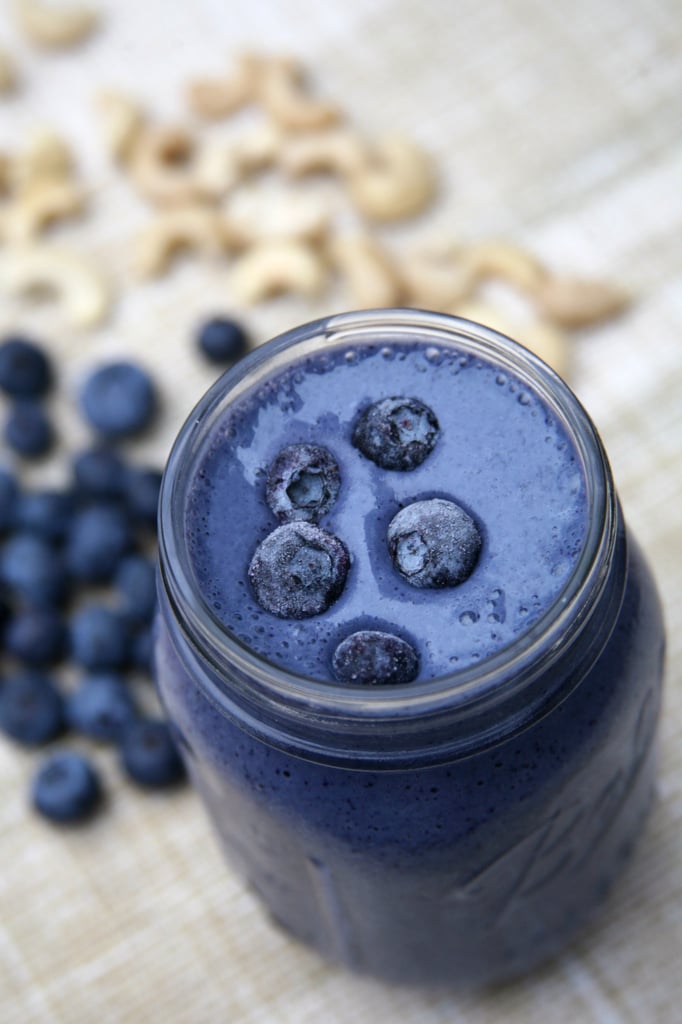
Up the amount of protein you're sipping on by adding protein-rich ingredients to your smoothies such as protein powder, nut butter, unsweetened peanut butter powder [15], seeds, beans, soy milk, soy yoghurt, and silken tofu [16].
Add Protein-Rich Ingredients to Oatmeal
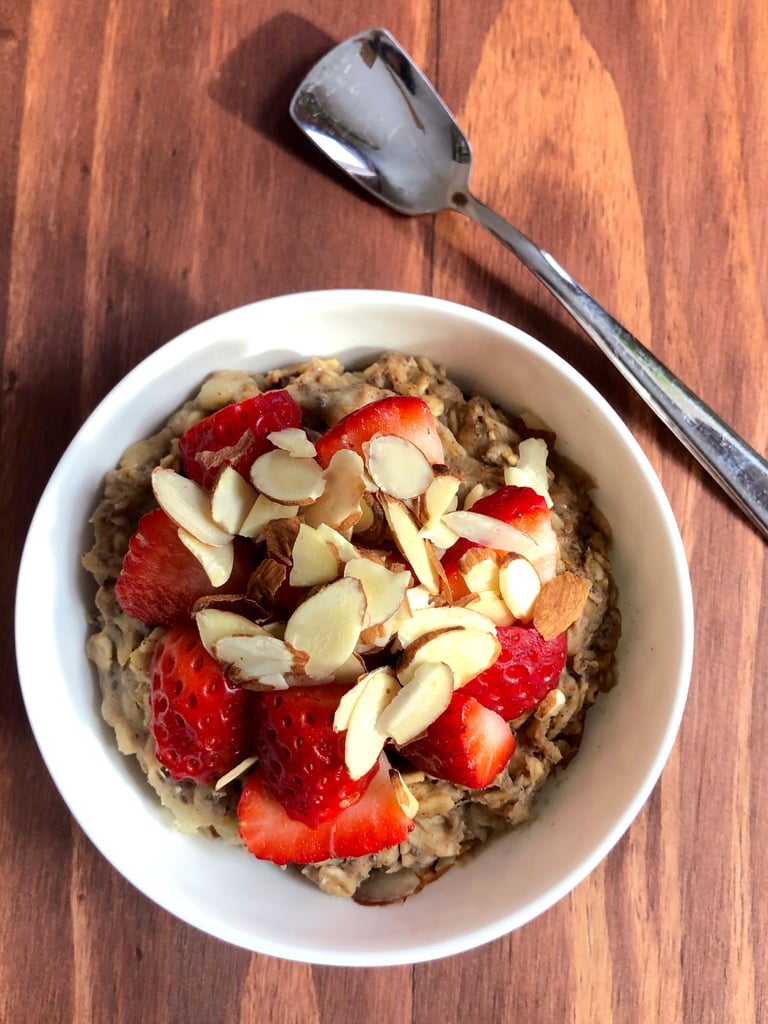
Oats don't offer tons of protein on their own, so aside from mashed beans, you can add other protein-rich ingredients to you bowl [17] like protein powder, nut butter, chia seeds, powdered peanut butter, and cook yours with soy milk or Ripple pea milk instead of water.
Bake With Protein Powder
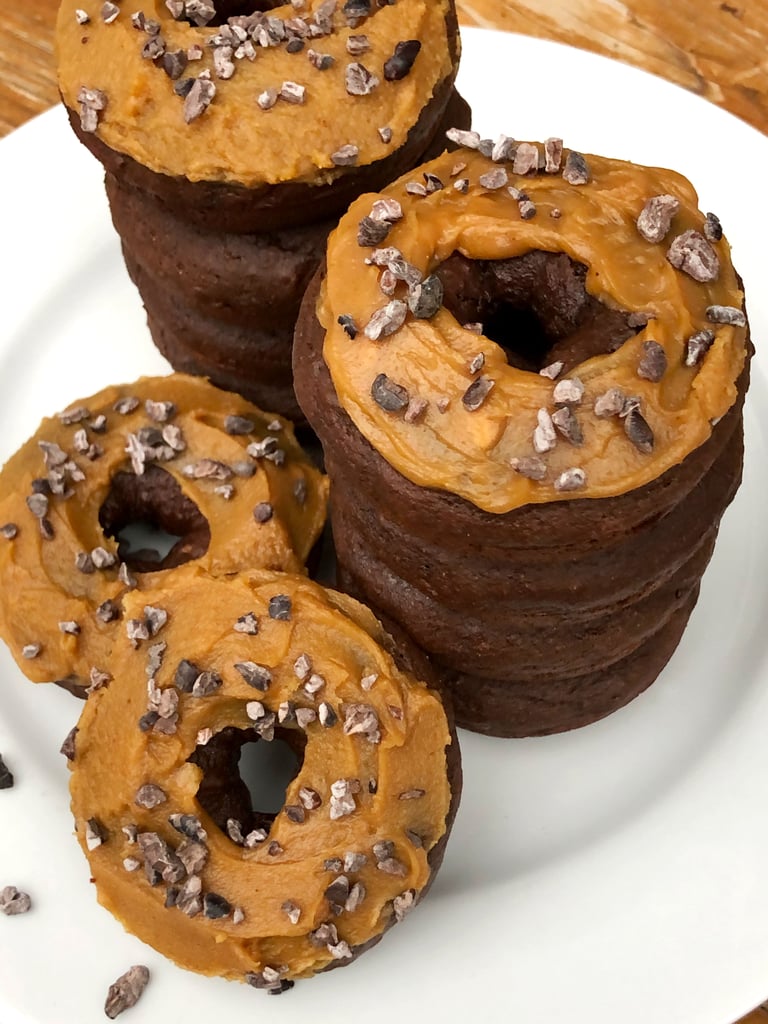
Leslie said to add a scoop of protein powder to baked good recipes to up the protein. Try these chocolate peanut butter doughnuts [18] or this banana protein bread [19]. These whole wheat protein pancakes [20] are another great recipe made with protein powder.
Add Whole Grains to Salads
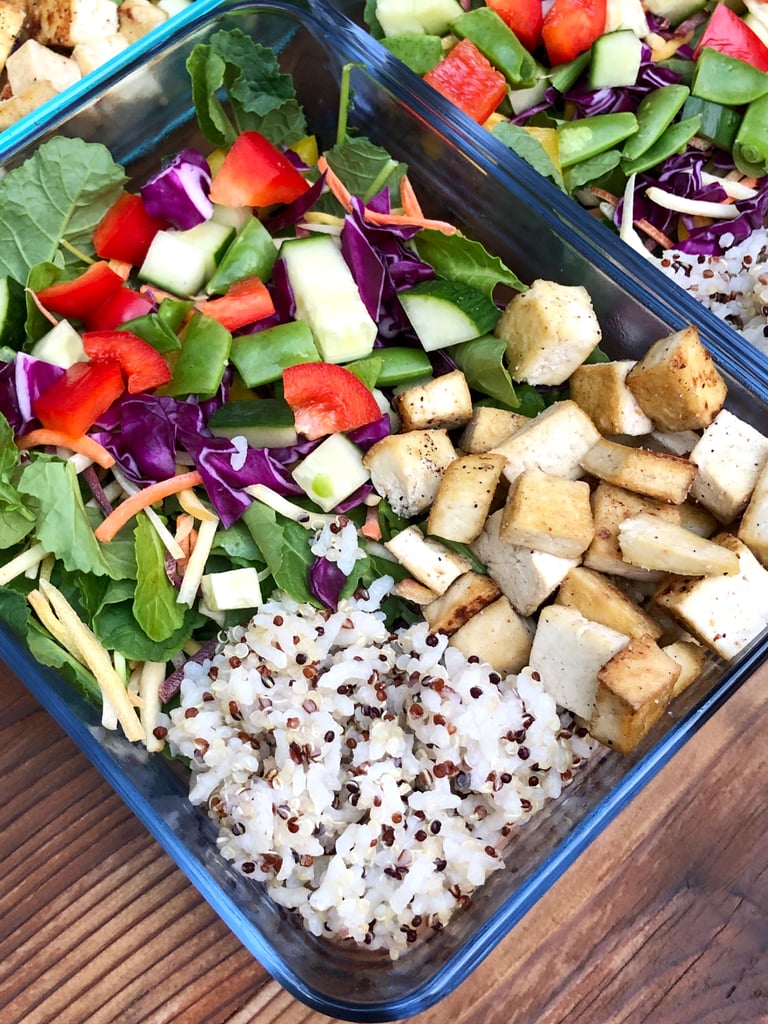
Bulk up salads to make them more filling by adding cooked whole grains like quinoa, rice, barley, farro, and millet. They offer hunger-satiating protein and fibre.
Use Tofu For Pasta Filling

Use tofu instead of ricotta to make vegan stuffed shells [21] or lasagna [22]. Tofu is low in carbs and high in protein.
Mash Beans Into Potatoes
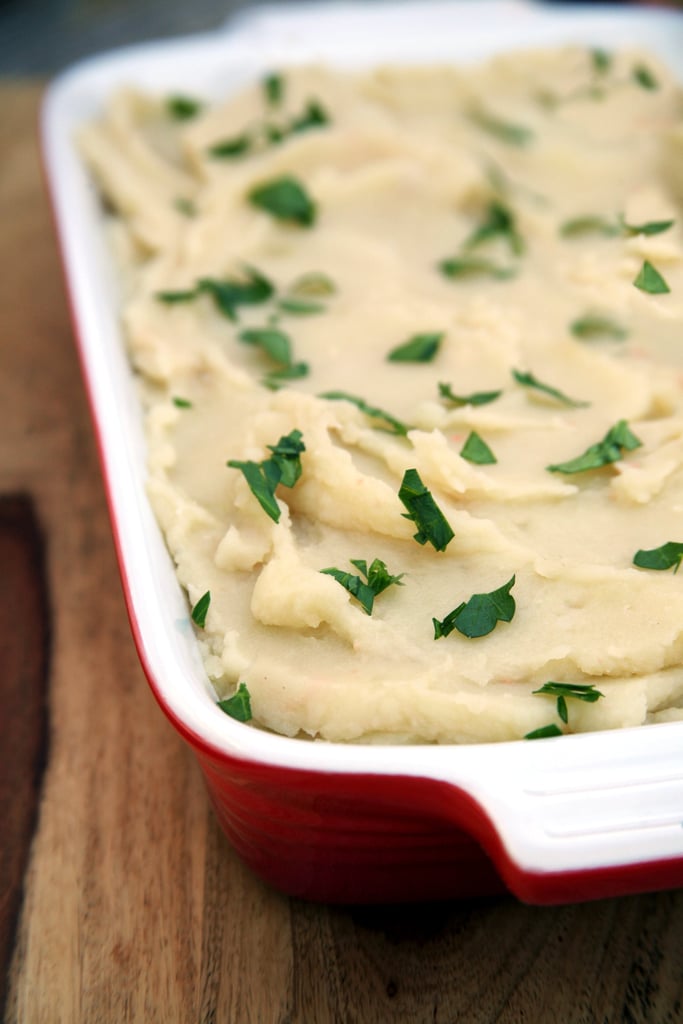
Mash beans into mashed potatoes to make them creamier and to add a protein punch.
Add Whole Grains to Soups
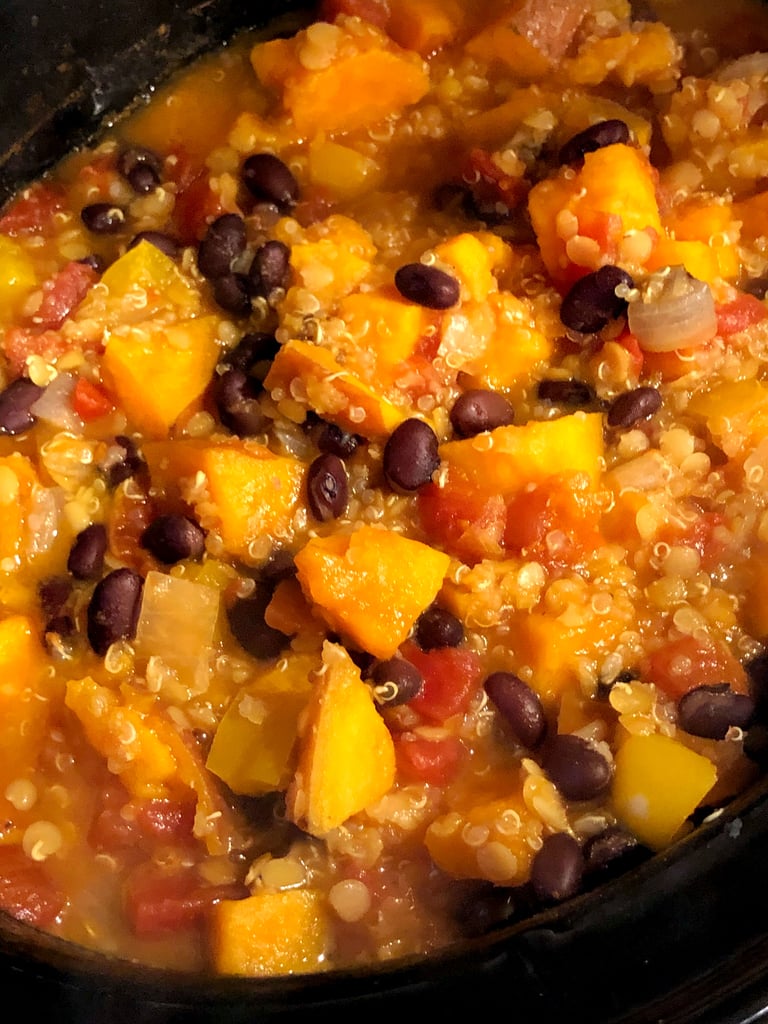
Make soups more hearty and protein-packed by adding whole grains like quinoa.
Keep Pureed Beans in the Freezer
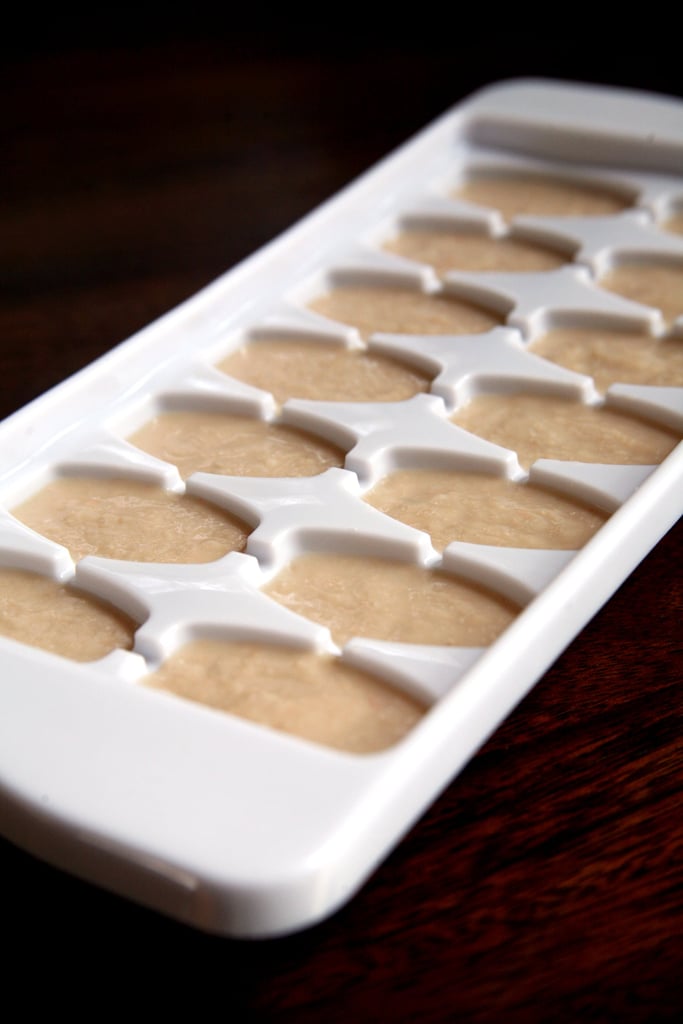
Puree a can of beans, freeze the puree, and use these magical frozen bean cubes [23] in anything you can think of. Add one to your bowl of oatmeal, throw a few in the blender when whipping up your kale smoothie, or Leslie suggested mixing them into pasta sauce, soups, or cooked whole grains. One cube is 26 calories, and offers 1.3 grams of fibre and 1.6 grams of protein, but won't affect the taste of the dish.
Sauté Chickpeas For Snacks and Salad Toppings
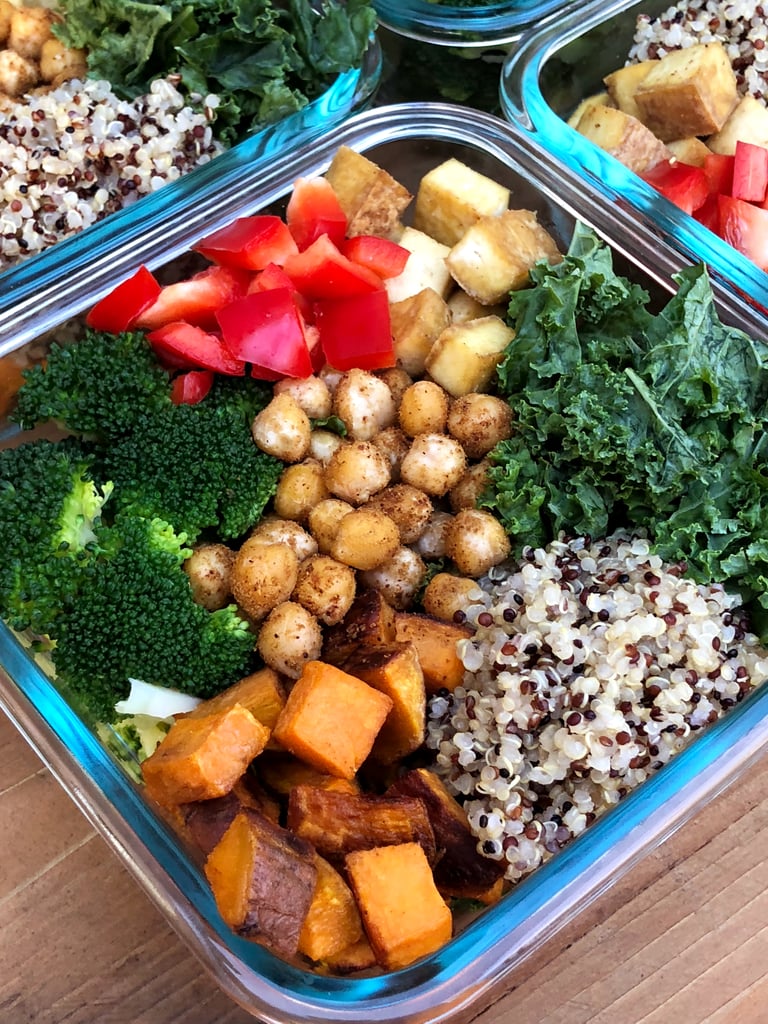
Sauté chickpeas [24] with garlic powder, salt, and cumin to make crispy chickpeas that Leslie said you can add to salads or just snack on after a workout.
Veggie Burgers Aren't Just For Buns
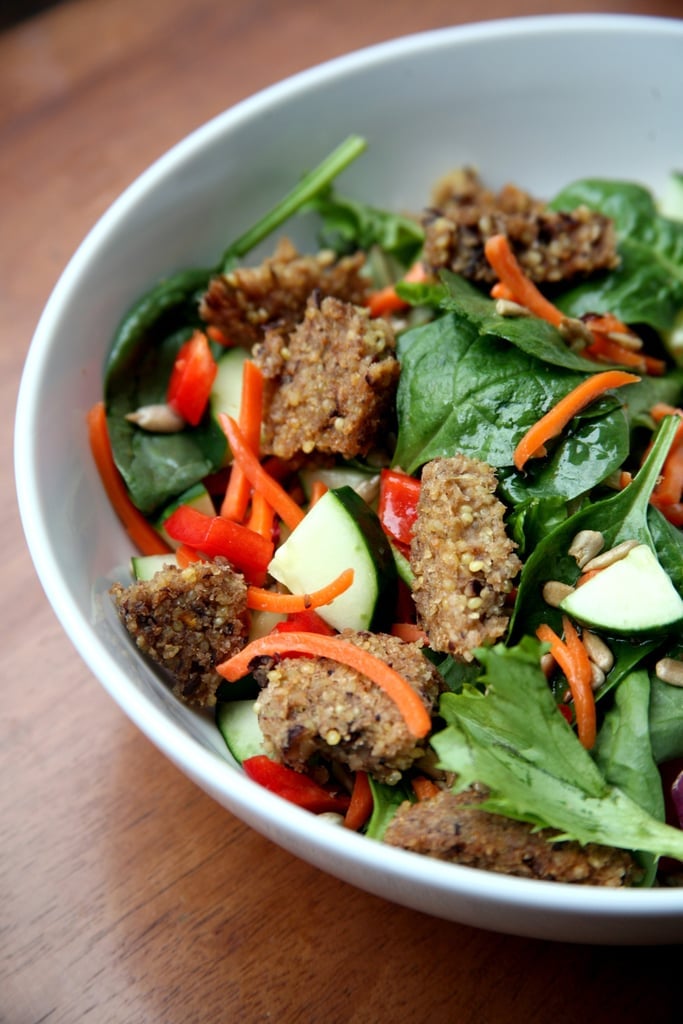
Add cooked veggie burgers to salads, wraps, stir fries, or Leslie suggested crumbling them up into tomato sauce to make a plant-based meat sauce.